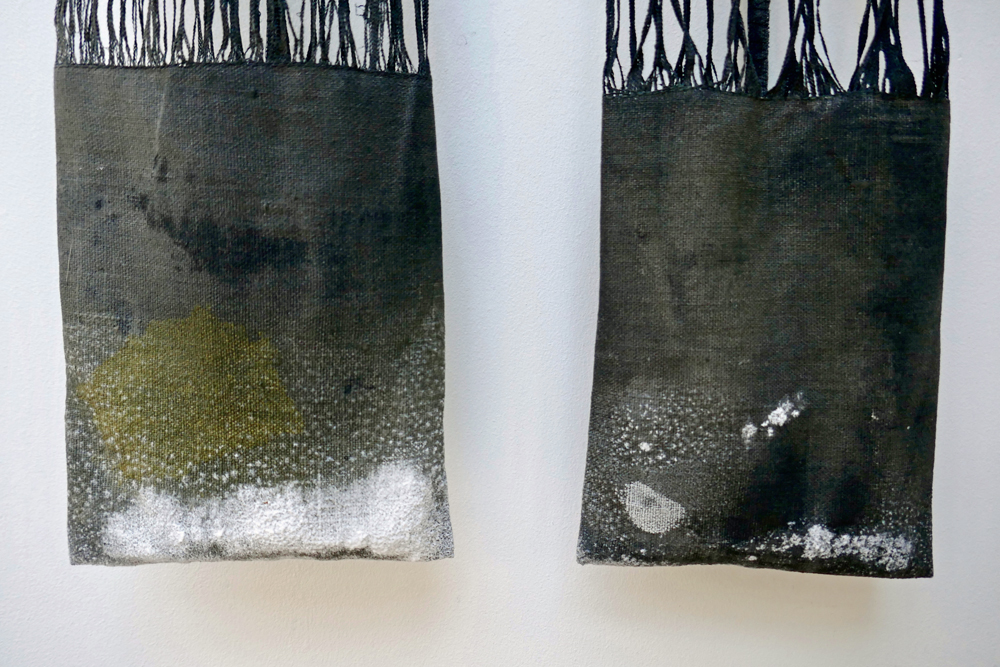
Later in the year I will be taking part in an exhibition that focuses on the relationship between landscape and sound. In order to make new work for this exhibition I have been thinking more about my relationship to the sounds in the environment around me, specifically, how I can communicate something that is aural, in a visual manner? What it is the connection between what I hear and what I see in the landscape? And finally how that connection provides a way of visualising sound?

Apart from art, music is my other great love, and maybe you know that in another life (it seems a long time ago now) music and playing the flute was my creative impetus. Although melody and harmony are important, it is often the drive of pulse and rhythm in the music that makes me prick up my ears and listen. I find myself tapping my fingers or wiggling my toes subconsciously to its beat, and the same thing happens to the non-musical sounds I hear around me as well. So, making a connection between the aural and visual rhythms of the landscape is the focus for this new work.

The word rhythm comes from the Greek rhuthmos, a repeated, regular motion, and is also related to rhein, to flow. Musical rhythm is hard to define as there are various elements involved: metre, accent and tempo, but in its most basic form I like to think of rhythm as being a pattern of sounds, and the gaps or silences in between. In music rhythm happens over time, as do the non-musical sounds around us, and it also involves a movement forwards that could take seconds, minutes or hours.
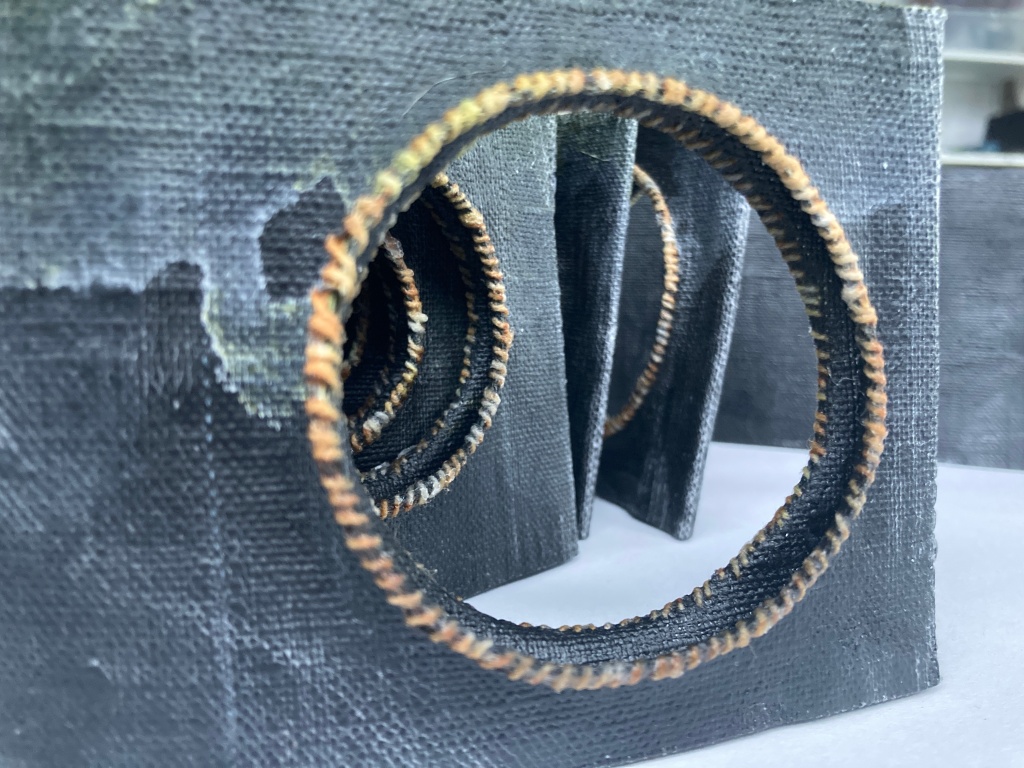
So how can I transcribe the rhythmical values of sound visually? If I take my definition of aural rhythm and transcribe the pattern of sounds to a pattern of marks that could be lines, or shapes, or colours, and the silences as being spatial gaps between the marks, I start to have a way in.

I’m looking out for the connection between the patterns I hear and the patterns that make up the landscape I see; the connection between how sounds change as they move forward and how shapes, lines and colours change over space; the relationship to the silences between sounds and the spaces between objects.

The addition of contrapuntal voices or lines, and silences or empty spaces gives me the opportunity to create more complex, multi-layered works. Furthermore (although not directly relating to sound) the connection of rhythm to cyclical movement and repeating natural phenomena such as day/night, tidal movement and the seasons, gives even more scope.

The images here are of small rhythmical works, sound snatches if you like. They are not based on specific sounds but explore the relationship between looking and listening. They are small, abstract works that focus on pulse, pattern, and repetition. They have all been made with regular, repeated marks, but I am enjoying the way the cloth moves to create objects that have a remarkable amount of flow and irregular movement.



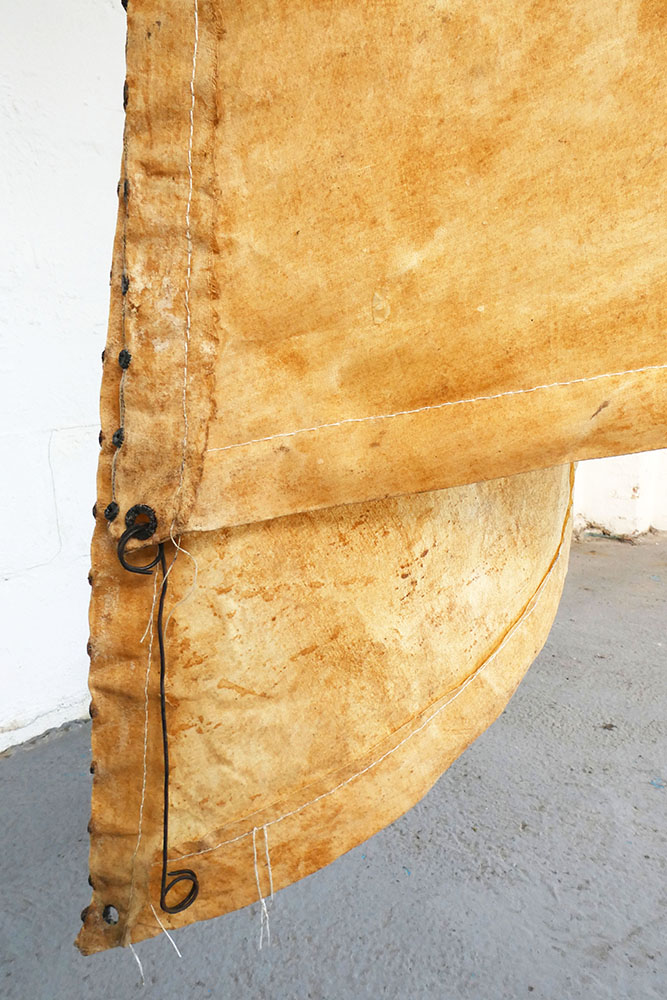





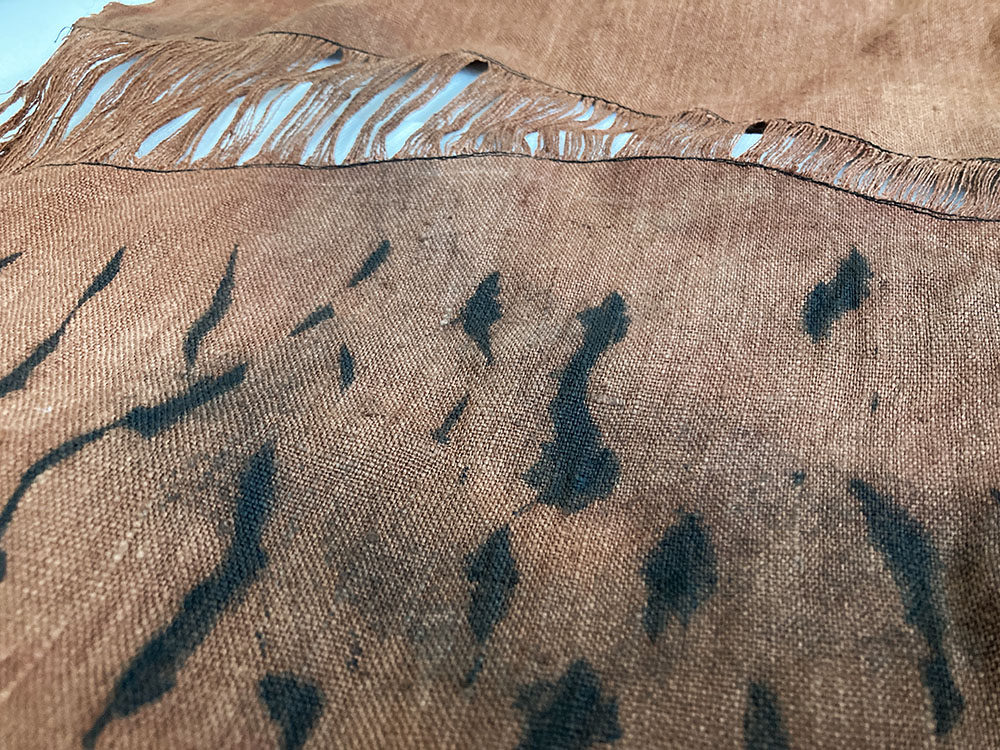



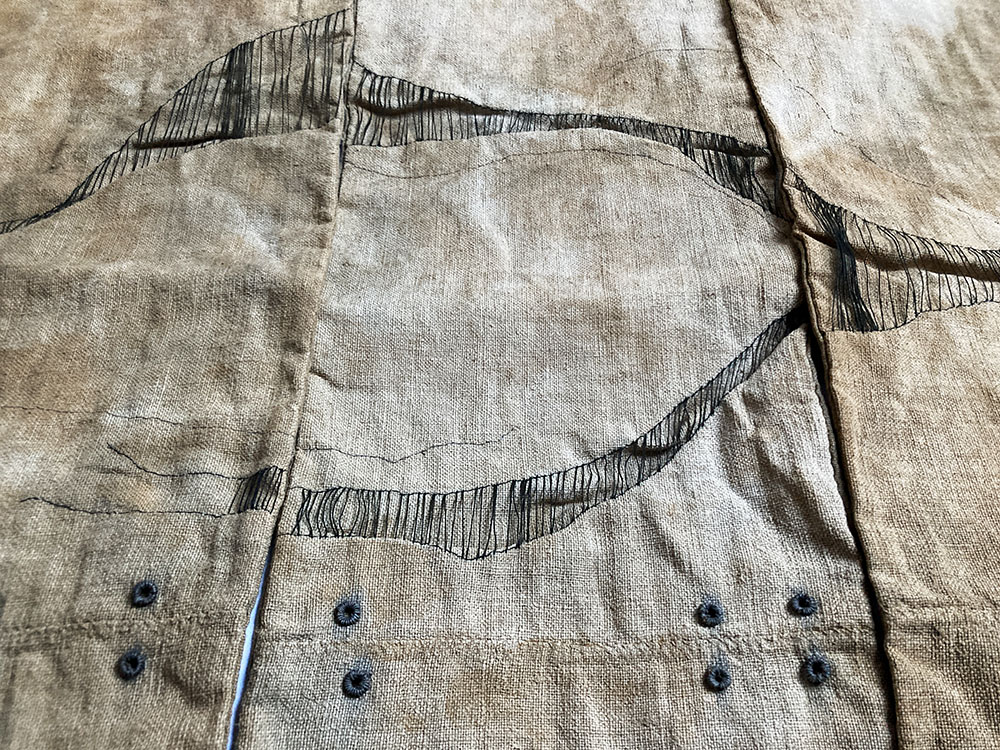











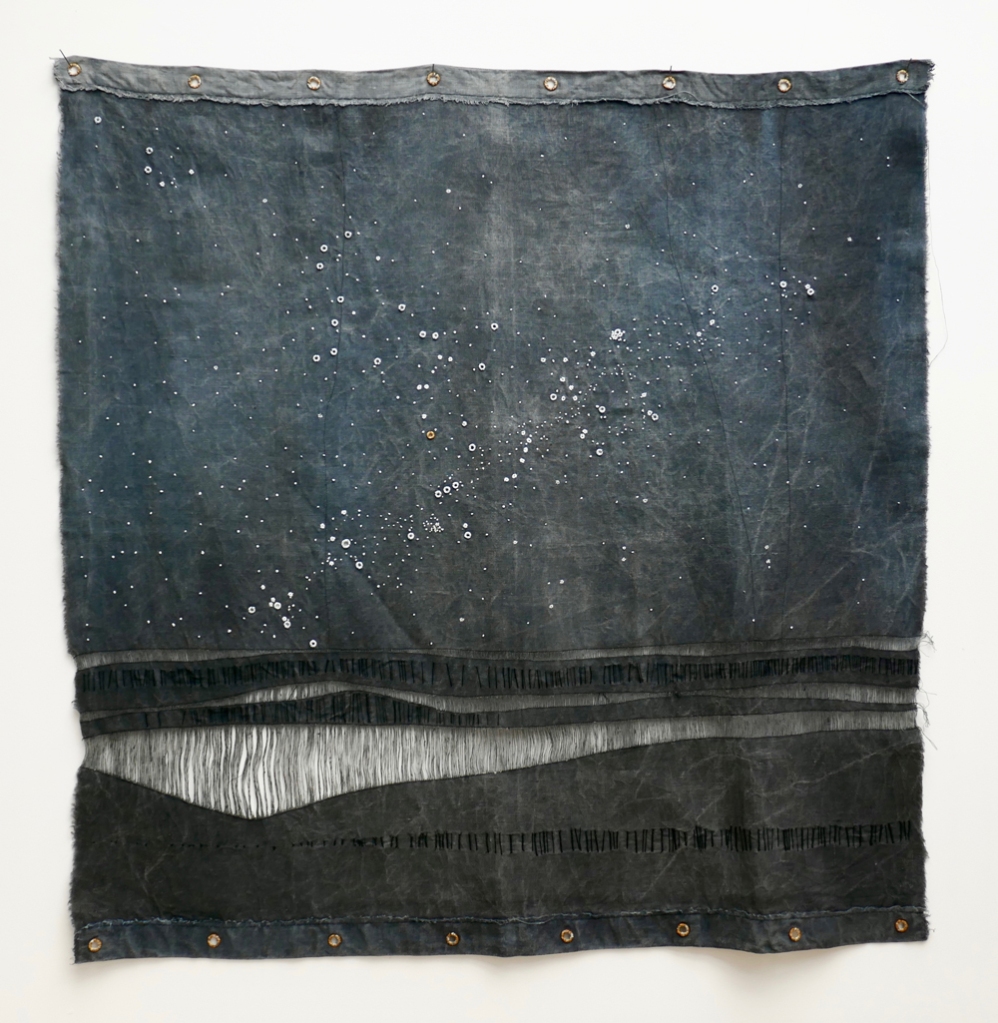



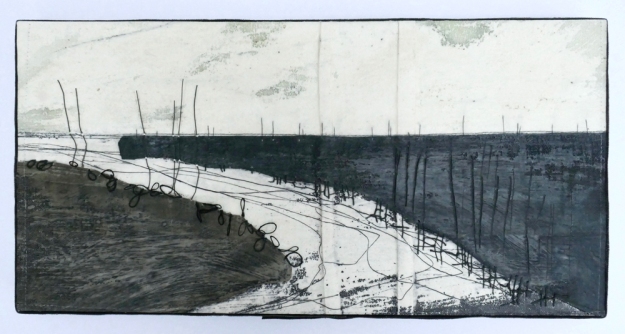

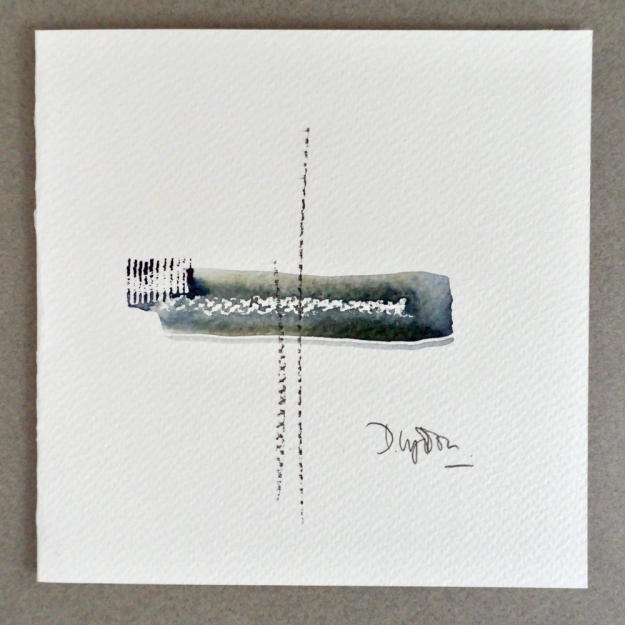



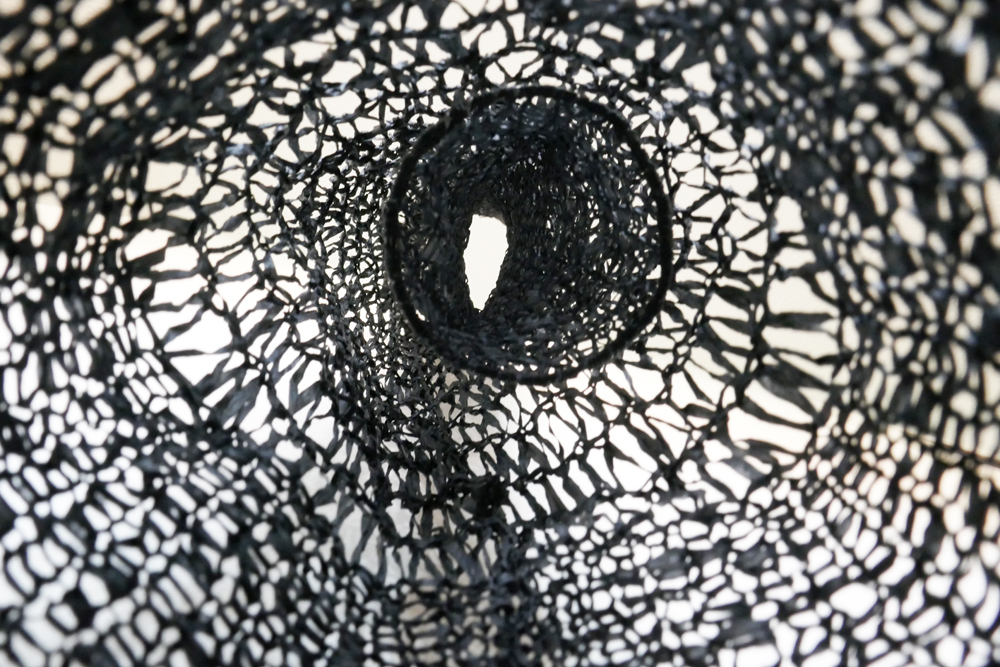
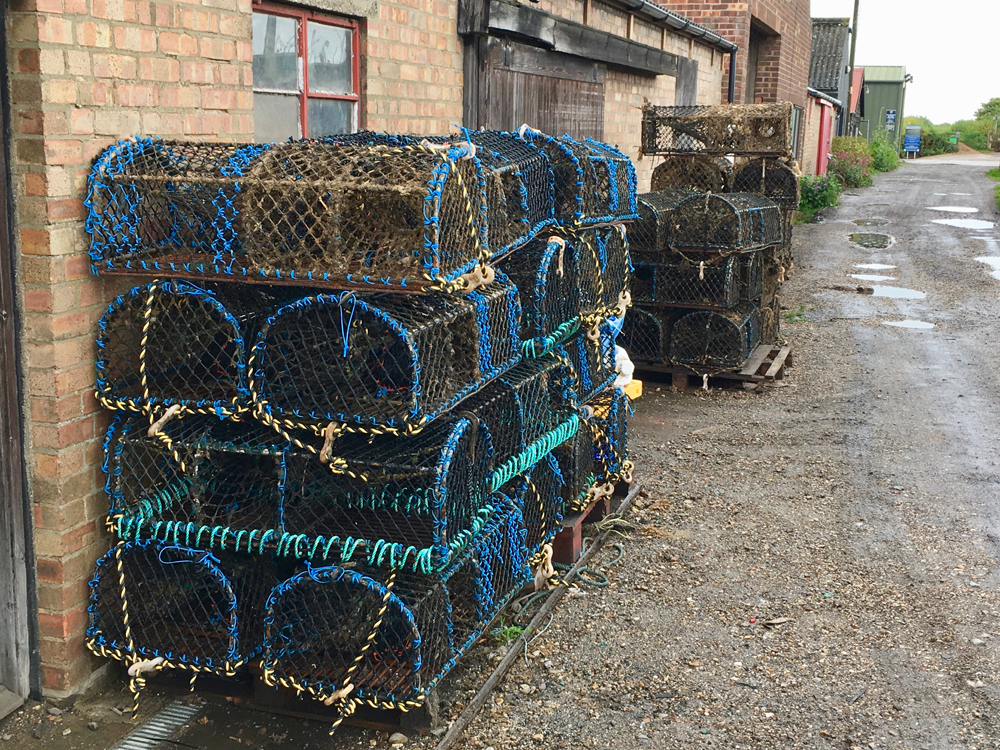
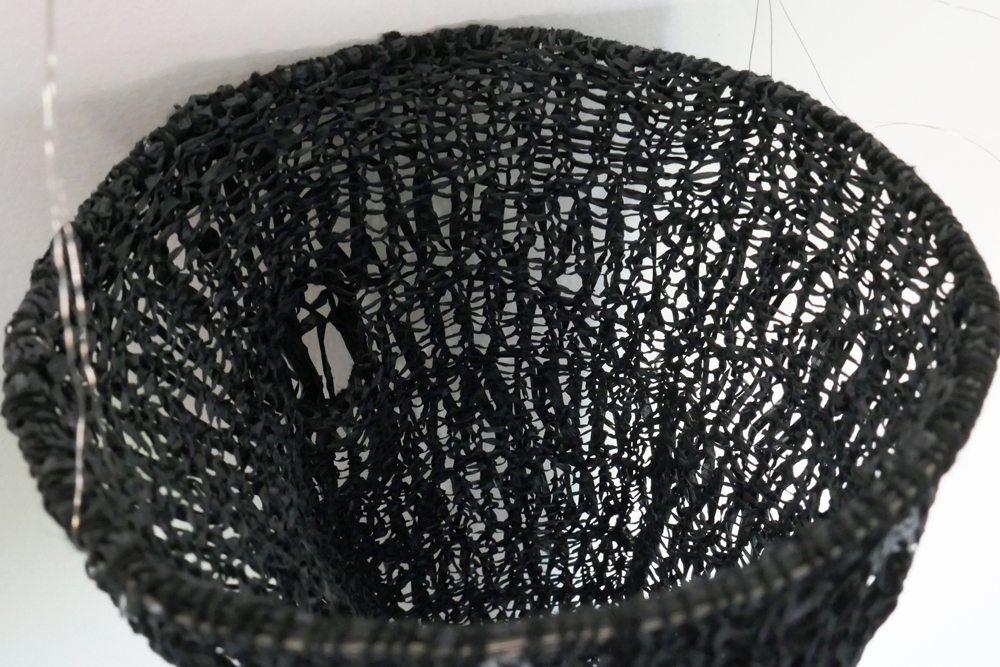


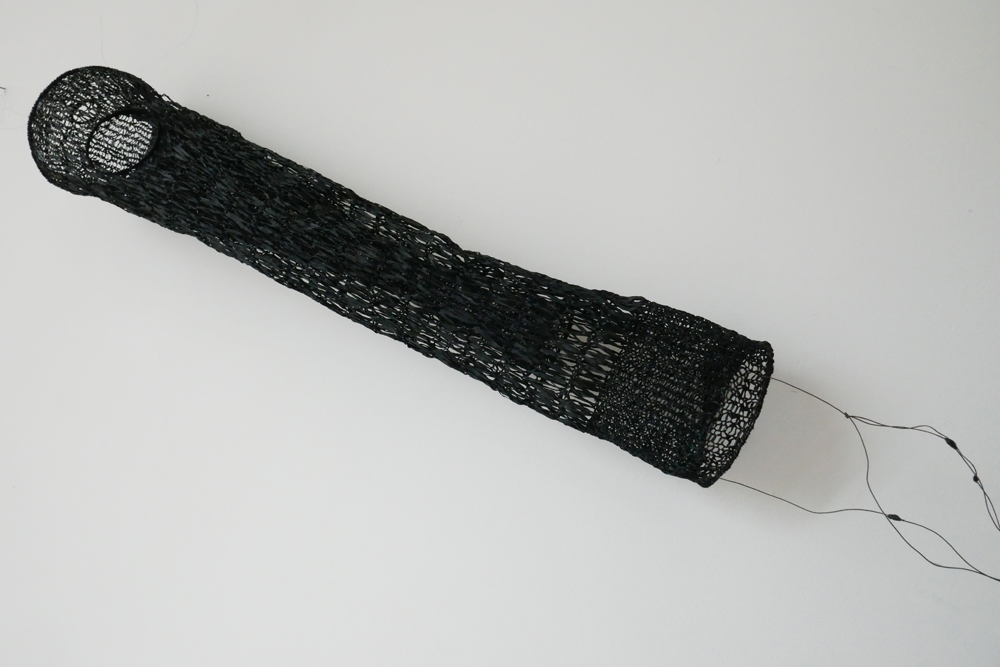
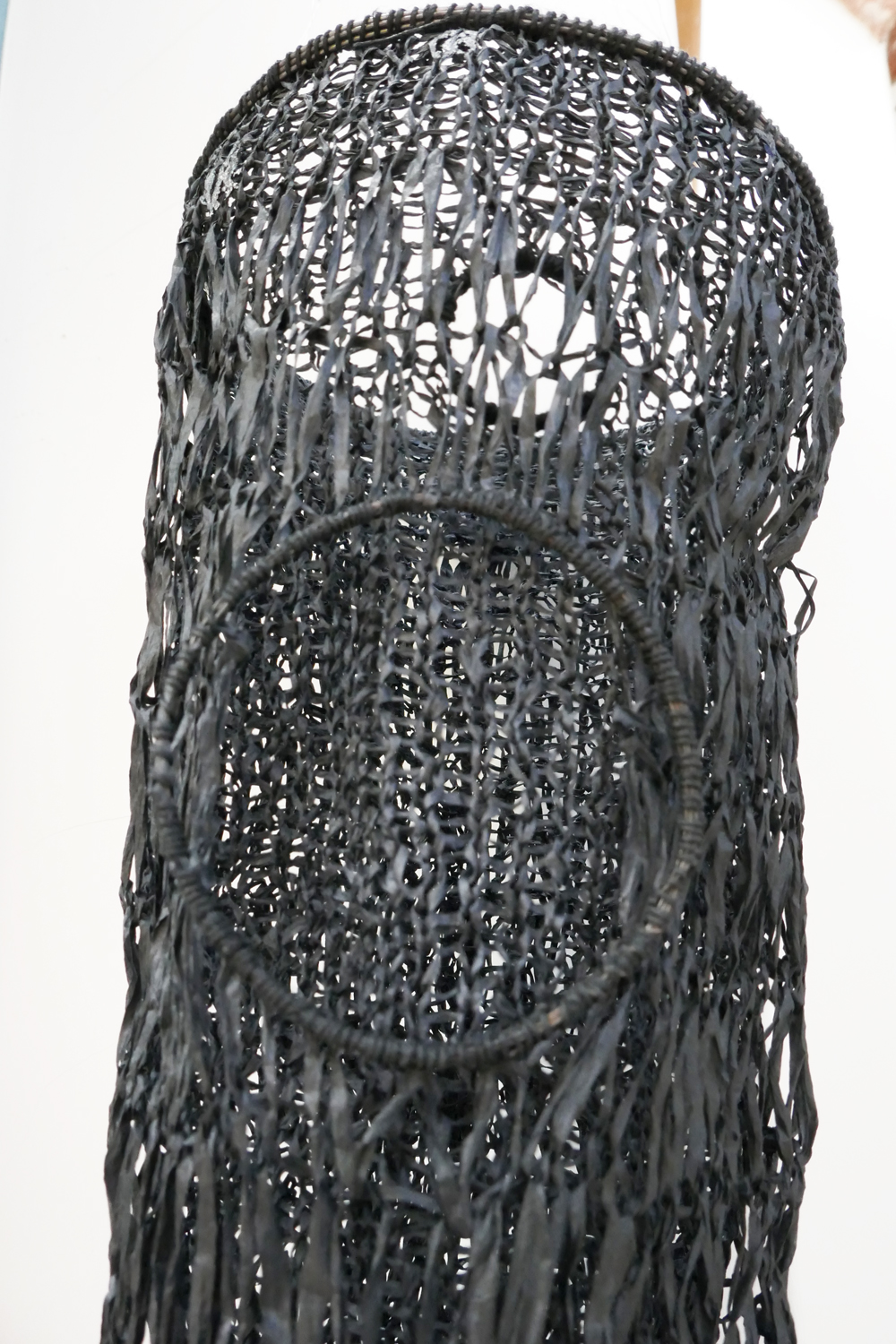

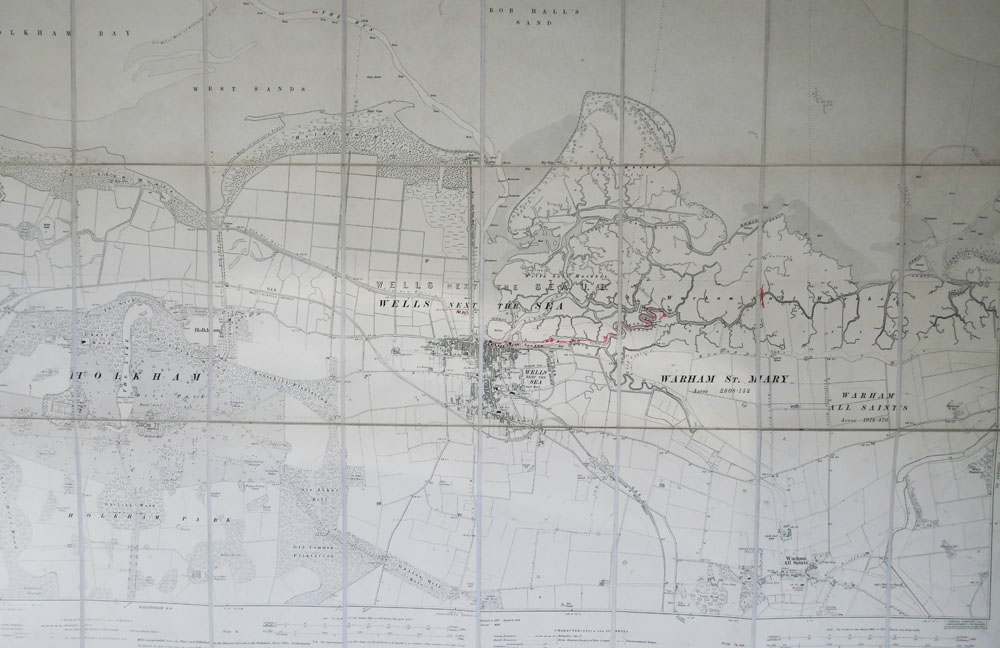
 Sample 1 – taken directly from map
Sample 1 – taken directly from map Sample 2 – taken directly from map
Sample 2 – taken directly from map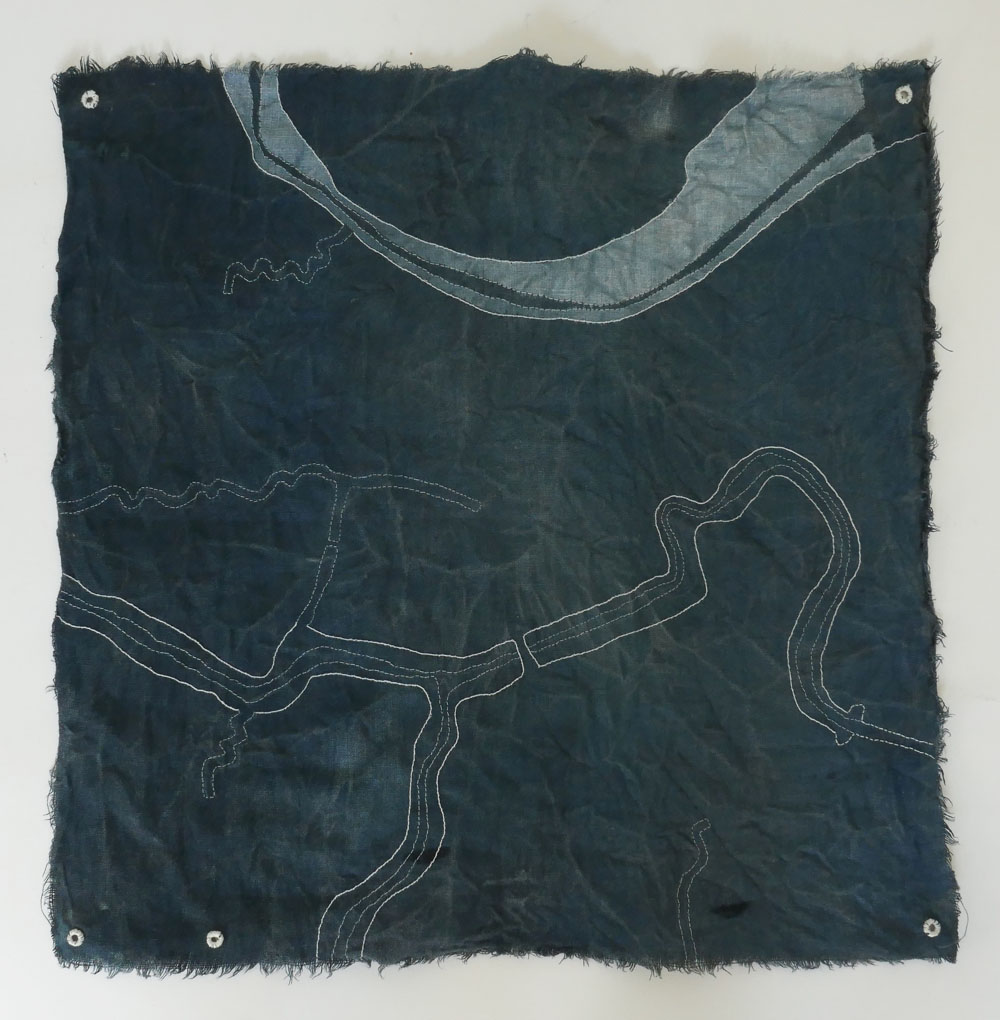 Sample 3 – taken directly from map
Sample 3 – taken directly from map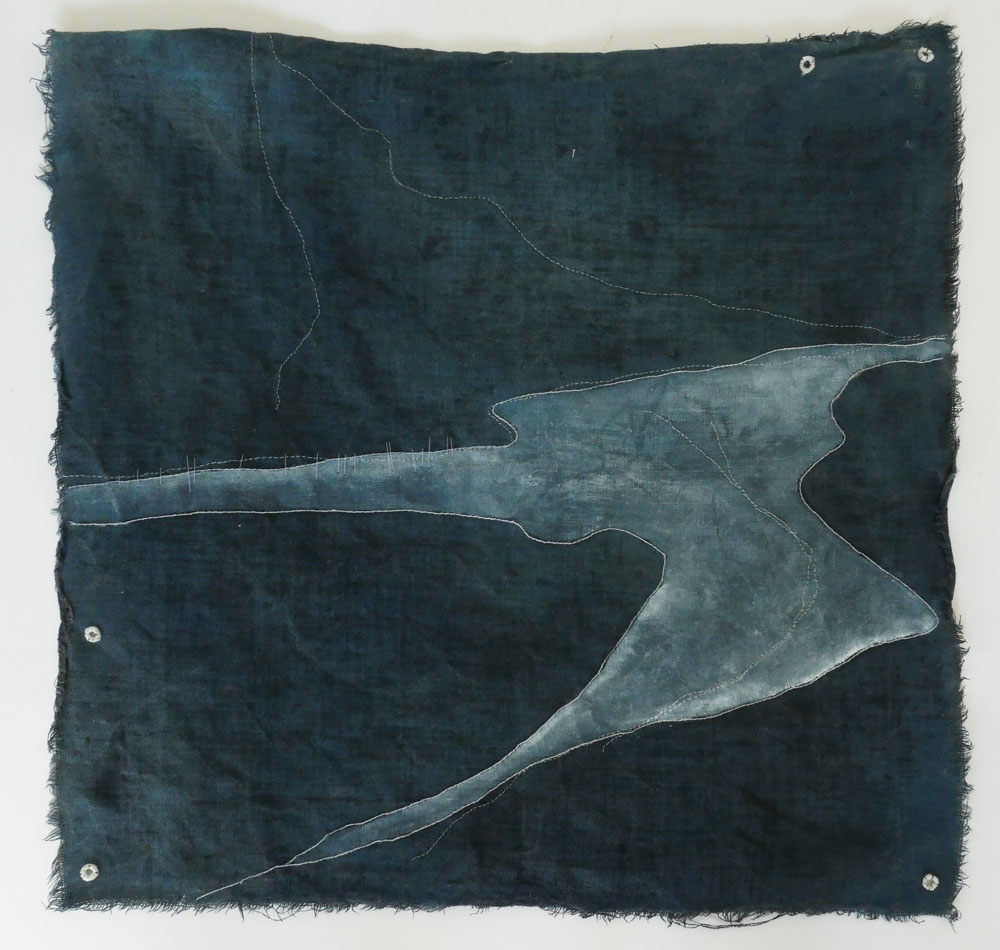 Sample 4 – Using shapes from my observation of the landscape and ‘colouring in’
Sample 4 – Using shapes from my observation of the landscape and ‘colouring in’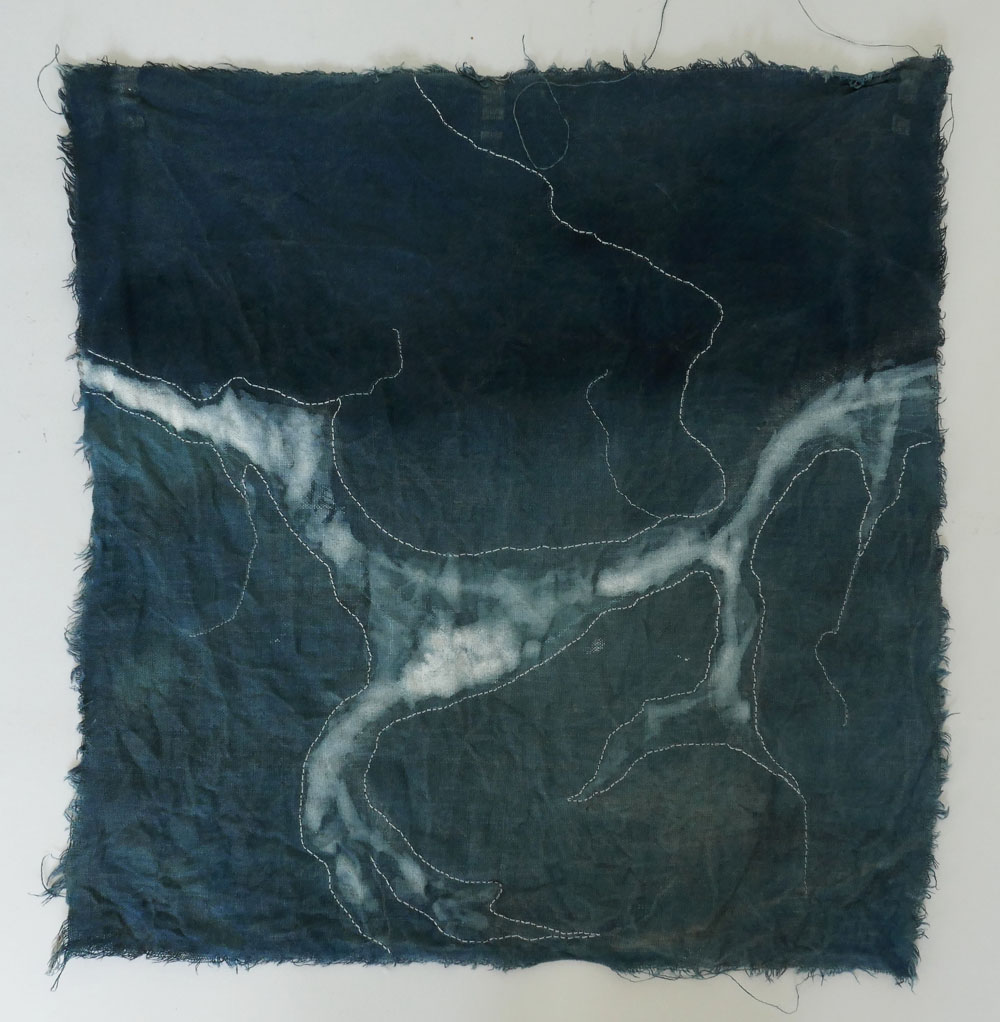 Sample 5 – Making marks with white paint and then stitching
Sample 5 – Making marks with white paint and then stitching
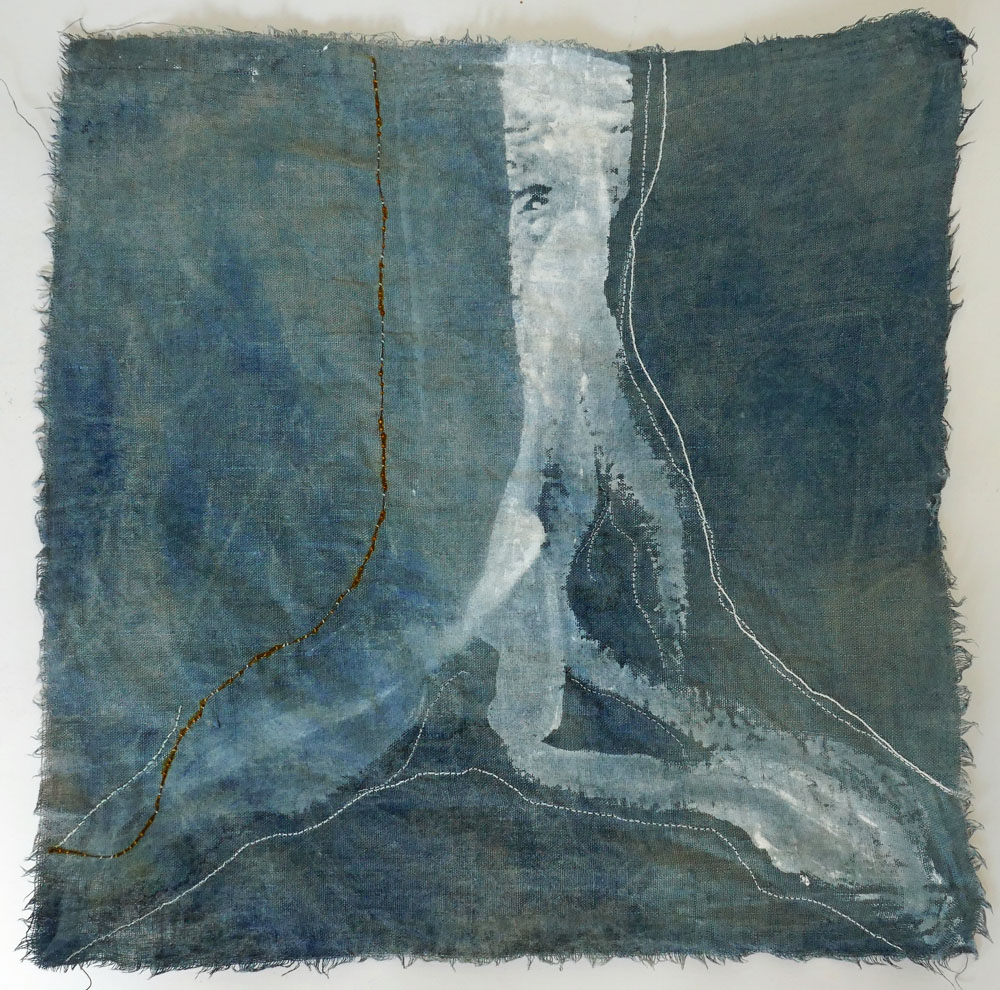 Sample 7 – Making marks with white paint and then stitching. Couched wire.
Sample 7 – Making marks with white paint and then stitching. Couched wire.

